Listen to This Article:
High school culinary teachers and educators: get complimentary virtual demos for your students or request our complimentary e-learning educational resources.
We’ve all seen the cooking shows—a famous chef grabbing a pinch of this, a bit of that, a handful of the other, creating a mouth-watering dish. They make it appear spontaneous and carefree…and the meal always looks delicious.
It’s important to know that a great deal of culinary math and science training likely came before that celebrity chef could simply “toss” a meal together.
But how is math used in cooking? What about science? While cooks and chefs don’t need science or math degrees, they do need a working knowledge of the principles of numbers, chemistry, and biology. If you’ve graduated high school (or if you’re about to), you might be pleased to know that you’ve already started learning some of the important skills you may need to succeed in the kitchen!
And with a well-rounded culinary arts program, students can build on those basics so they, too, can make cooking look easy.
Cooking Brings Math Into the Real World
Ever sit through a high school math class and wonder, “When am I ever going to use this in my future?” If you plan on a future in food, then you’re going to use math every day!
Math in the Kitchen
Cooks and chefs use math constantly, from measurements to ratios to conversions. What is a recipe, after all, if not an equation where component parts add up to create a whole?
Cooks are constantly adjusting recipe sizes to fit their needs. A full batch of the soup of the day may make 36 servings, but maybe it’s a busy holiday weekend, and you want to make extra. So you decide to increase the recipe by 50%. How will you figure out the appropriate amounts? With math!
Or what if you’re making a recipe at a restaurant in the United States, but the original was created by a chef from London? How do you convert metric measurements to imperial? (Yes, there are smartphone apps that can help, but what if you can’t access your cell?)
How about if you’re cooking a 12-pound turkey? How long will you thaw it, and how long do you need to cook it? To figure it out, you’ll need to use culinary math.
Bakers, too, use math every day. A baker may need to increase a recipe for a dozen cupcakes to twelve dozen. How will you go about it? Or they could wish to reverse-engineer a recipe based on the available ingredients. How many cupcakes can you make with 2.5 cups of milk? And how much baking powder and flour will you need now that you’ve adjusted the liquid?
Fortunately, while there are best practices for culinary math that you may be introduced to in culinary school, you probably already know the basics! Simple multiplication, division, and just a sprinkling of algebra are all you need to get started with culinary math.
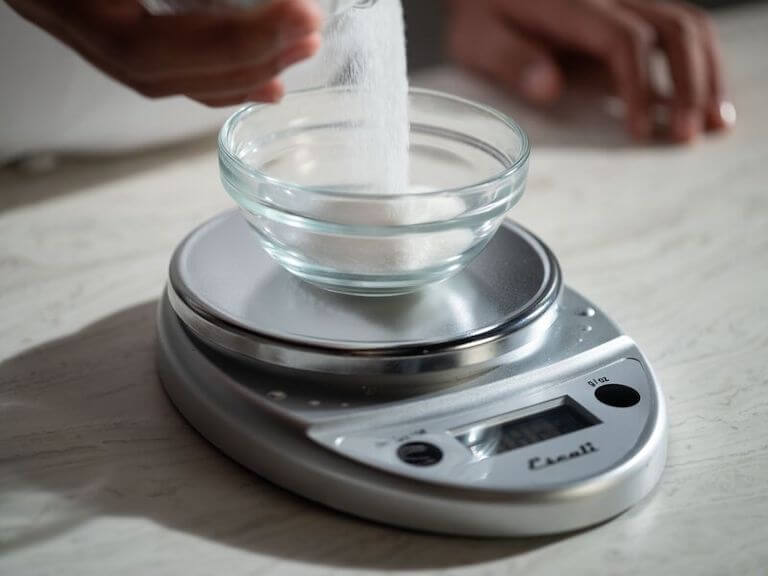
Math on the Menu
There’s another number-heavy part of the chef’s work—the menu.
A chef must be able to calculate the exact food cost of every item on the menu, so they can assign a profitable price to it. The food cost is the sum total of all of the ingredients that go into a dish, from the substantial parts like protein and vegetables, to the oils and fats used during cooking, to the spices and even the garnish scattered on the plate.
To figure out these costs, chefs must keep track of how much they pay for each ingredient, and break those costs down into usable measurements—like the cost of a single ounce of chicken or flour. Once the total cost of each dish is accounted for, the chef must figure out how much extra to add to the menu price to ensure they’re covering extras like labor, fixed costs, and a bit for profit.
Sound complicated? In Escoffier’s programs, students can discover how to apply the math they already know to costing and pricing their menus.
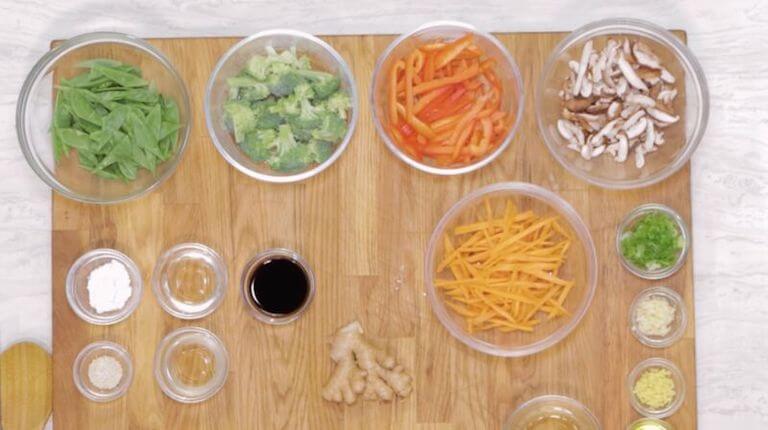
A chef must know the cost for each one of these ingredients.
Cooking Isn’t Magic…It’s Chemistry
Ever heard the phrase, “They go together like oil and water”? It means that these things don’t mix, since oil and water don’t blend. But if you’ve ever had a salad dressing, hollandaise, or bouillabaisse, you know that’s not entirely true. That’s because of emulsification—the process of breaking an oil down into minuscule droplets that disperse evenly through water.
Chemical reactions are foundational to all cooking. Knowing how to apply the reactions is helpful…and understanding why they work takes your culinary skill to the next level and will open up the doors to greater creativity.
A common tool used in molecular gastronomy is spherification, using sodium alginate and a soluble calcium salt to create a gel around a liquid. These little orbs can add a tiny burst of flavor to each bite—plus they’re much more visually interesting than a drizzle of sauce! Spherification is a great skill to practice if you want to achieve this unique texture in your dish.
Sous vide cooking, the process of cooking food in vacuum-sealed packaging submerged in water, is another chemical process that chefs may find useful. The long, low-temperature cooking process allows the muscle fibers of meat to begin to shrink (making it more tender) while also minimizing the type of fiber contractions that occur at high heat and cause meat to lose its moisture. This is why sous vide cooking—when done correctly—leaves meat perfectly tender and juicy!
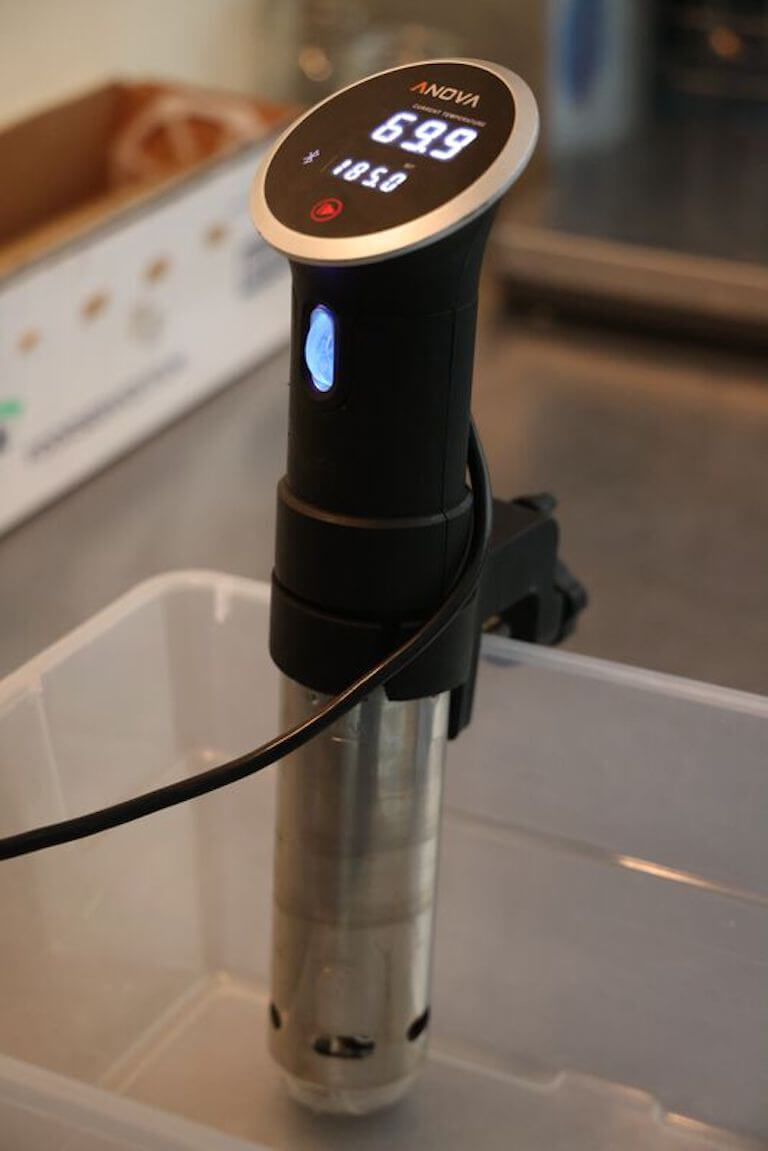
A sous vide cooker like this one heats a water bath to an even, low temperature.
Even the simple method of “browning” your meat is actually a complex series of chemical reactions called the Maillard reaction. This process creates both color and a host of flavor compounds. It’s the reason why a steak cooked by sous vide still needs a quick sear to be ready to eat. Without it, the meat will be cooked through but won’t have that enticing aroma that makes us desperate to dig in.
When a cook understands how these reactions occur and why, it frees them up to experiment more and get creative in the kitchen.
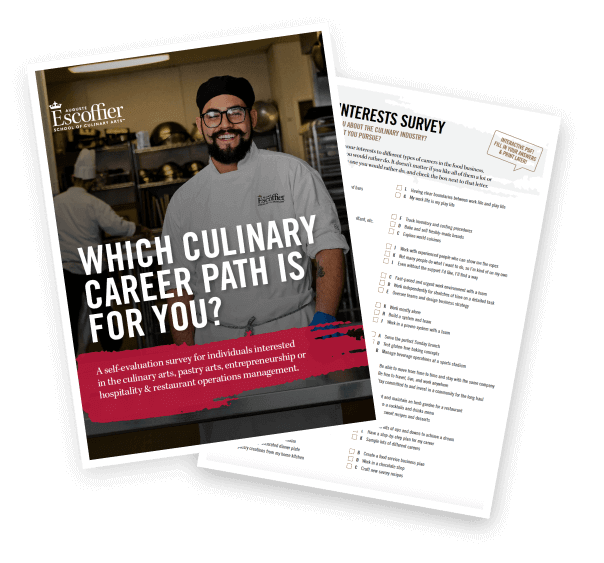
Take the Culinary Career Survey
We’ve compiled a checklist of all of the essential questions into one handy tool: career options, culinary interest surveys, educational opportunities, and more.
Why Do We Eat? It Comes Down to Biology
Maybe you dissected a frog in 10th grade Biology class…and perhaps thought, “that’s enough of that, thank you.”
But biology plays a huge role in the culinary arts, right down to the reasons we eat in the first place. All food is really just a way of providing the necessary energy (calories) to our bodies in order to fuel our cells. But within that simple job is an endless world of options.
Humanity has evolved together as a species, but we also each have our own individual bodies with unique nutrition needs and preferences. A basic understanding of human biology can help the cook or chef to satisfy food allergies and intolerances, cook to suit health trends, and understand why certain culinary preferences become more or less mainstream.
The rise in plant-based diets over recent decades, for example, is partially a result of new research that shows many health benefits to eating a diet rich in whole plant matter, like reduced blood pressure, lower risk of diabetes, and lower risk of obesity.
The more we learn about the way our bodies react to food, the better we can fuel them—while also creating delicious meals that are a joy to eat.
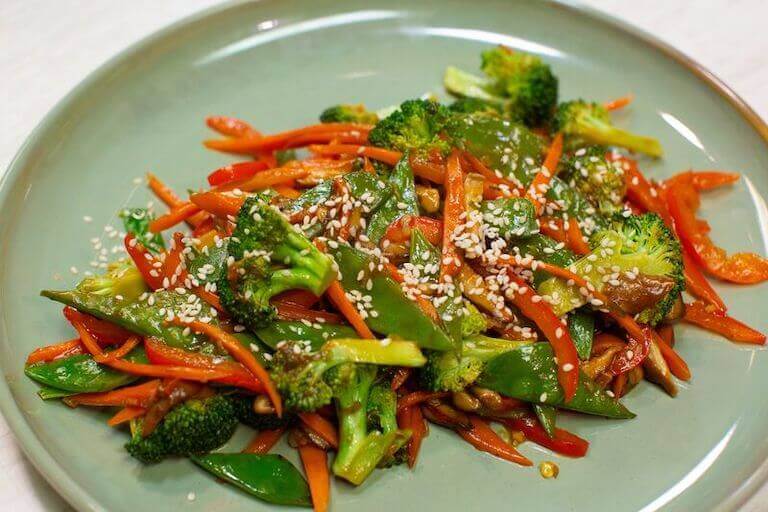
A plant-based stir fry
Not a Math Whiz? That’s Okay.
If you didn’t excel in math and science in high school—or you’ve forgotten everything you learned in these classes—don’t despair. A well-rounded culinary education can include a solid foundation in culinary math and science.
And as you progress through your career, you can explore even more, diving deep into the math, chemistry, and biology of great cooking.
Think you have the passion to pursue a career in culinary arts? Turn that passion into a plan with an education from Auguste Escoffier School of Culinary Arts. Find out what you could discover at our Boulder, Austin, or online campuses!
Did you find this article useful? You might enjoy these, as well.
- Can You Go to Culinary School With No Prior Experience?
- What Every High School Student Should Know About Culinary School
- The Pros and Cons of Vocational School: Is It Right For You?
This article was originally published on February 3, 2016, and has since been updated.
*Information may not reflect every student’s experience. Results and outcomes may be based on several factors, such as geographical region or previous experience.

